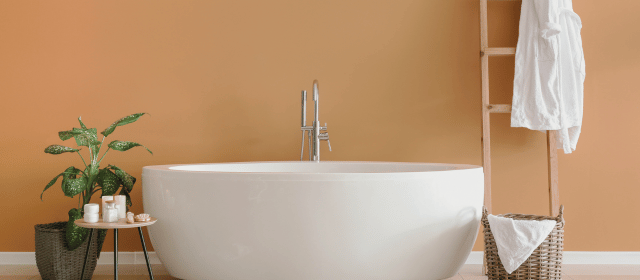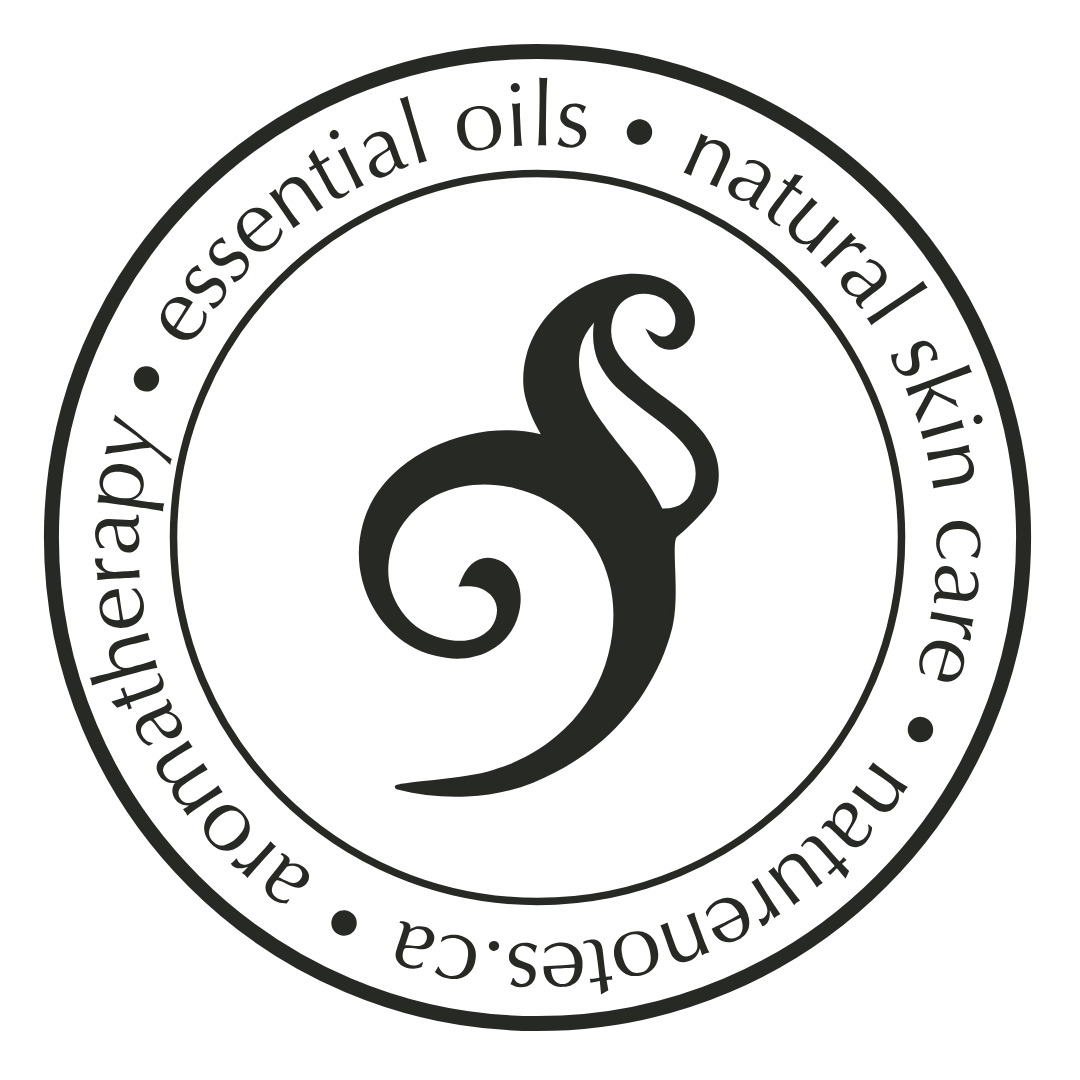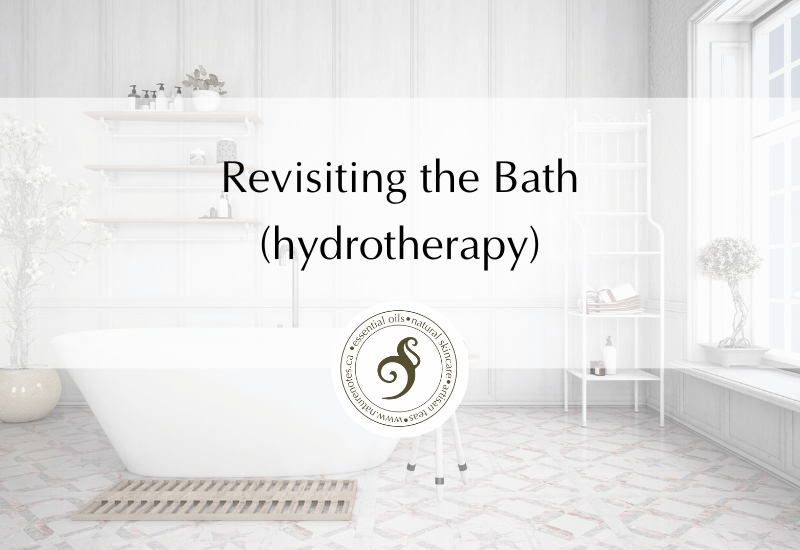Some people love a nice soak in the tub. If you are such a person, you might be interested to learn that your bath experience may actually be more beneficial than you think. If you normally don’t like the idea of a bath, maybe now you’ll find a practical reason to try one sometime.
Table of Contents
- #1 The Sweat bath
- #2 Drawing baths
- Cautions to be aware of
- Soaking times and frequency
- Temperature ranges
- Conclusion
- References
- Further reading
There are various types of herbal steams and soaks, but for now let’s explore two different types of baths or soaks: the sweat bath and the drawing bath.
#1 The Sweat bath
This bath will be using very warm water. The goal with this type of bath is to open the sweat glands and promote perspiration. Why would anyone want to do this?
Goals of this type of bath soak include:
- help break a fever
- can help speed recovery of the flu and other viral infections
- improve circulation
- and support your immune system
Ingredients to consider for this type of bath soak include:
- salts
- certain essential oils such as rosemary, eucalyptus, ginger, lavender, tea tree, etc. provided they are dispersed in a suitable carrier -oil or butter, salt blend or even a high fat milk to make them skin safe
- herbal decoction made ahead of time that you add into the bath water, or botanicals and herbs that you can add directly to your bath water
Before you soak:
- hydrate with water
- have an empty stomach for a couple of hours
After your soak:
- rinse off in the shower and moisturize your skin
- hydrate some more, perhaps with a supportive herbal tea
- you should rest quietly, or better yet go to sleep for the night
- you may continue sweating for awhile afterwards

#2 Drawing baths
This type of bath focuses on opening the oil glands to help with skin issues. If you struggle with rashes, itchy skin conditions (think chicken pox), psoriasis or eczema, acne, etc. then you might be interested in exploring this type of soak.
Ingredients to look for:
Epsom salts (magnesium sulphate) and clays are almost always used for drawing baths. Colloidal oatmeal, gentle herbs and botanicals like calendula and chamomile, soft essential oils such as geranium or other floral aromas are also used. Baking soda (sodium bicarbonate) may be included in your salt blend to help with itchy skin.
You may wish to add apple cider vinegar or a strong prepared herbal tea to your bath water. You would make the herbal tea ahead of time and add it in once your bath water is ready.
Cautions to be aware of:
If you are using essential oils, be sure to choose ones that are least irritating to the skin. Oils like cinnamon, lemongrass and black pepper are all great for cold and flu- in the diffuser. I would not choose these oils for the bath unless they are well diluted into a carrier oil. People with sensitive skin should not use them.
Be sure to not burn your skin when using a hot bath. Children should use less hot water, as their skin is more sensitive than an adult’s skin.
There are conditions under which having a tub salt soak is not a good idea. If you have open wounds, are pregnant, or have trouble getting safely in and out of the tub, then soaking your feet makes more sense.
Soaking times and frequency
For sweating baths you’ll want to spend a minimum of 20 minutes for your soaking treatment. If you feel lightheaded or dizzy, get out of the tub. For drawing baths you will stay in the tub for no more than 20 minutes. For a relaxing experience, stay in as long as you want, but get hydrated and moisturized afterward.
How often should you soak? Well, that will depend on the reason for your bath. If you are fighting a cold or the flu, it will be more often while you are feeling unwell. If you want to reduce your stress or have a relaxation bath, do this as you need to. Your body will tell you how often. Using a drawing bath on a regular basis can be helpful as part of your skin’s maintenance program.
Temperature ranges
Morning bath:
Aim for around 96.8 degrees F or 36 degrees C for ideal temperature
Evening relaxing bath:
Aim for between 37-39 degrees C or 98.6-102 degrees F for the evening (after a very stressful day, use muscle relief temperature guidelines)
Muscle relief
Aim for between 104-107 degrees F or 40-42 degrees C
Conclusion
I hope that you have found some useful tips on using hydrotherapy -the simple bath experience- to bring relief and support to your body and mind. Please keep in mind that these tips are for generally healthy adults.
Important: If you have a medical condition, including pregnancy, be sure to check with your healthcare provider or medical doctor before you start a bathing regeime or protocol.
References
Secrets of the Spas By Catherine Bardey
The modern herbal dispensatory by Thomas Easley and Steven Horne
Further reading
https://www.health.harvard.edu/heart-health/hot-baths-and-saunas-beneficial-for-your-heart (Article)
You might like:


